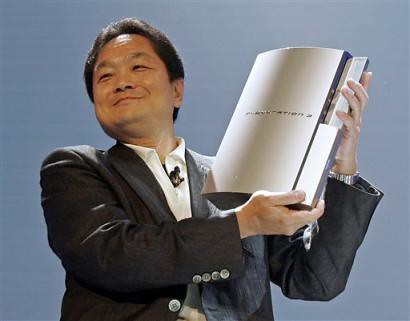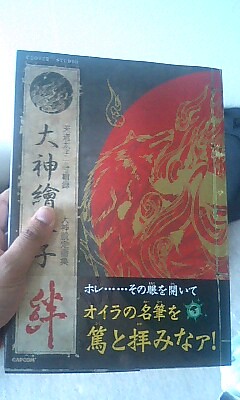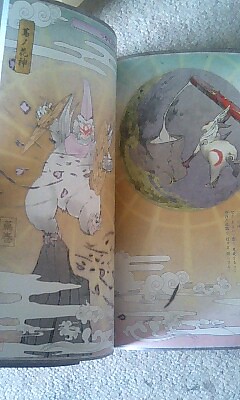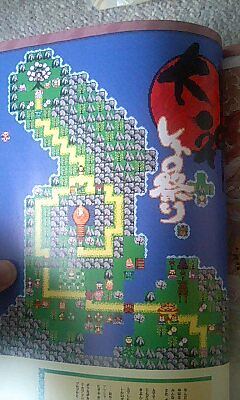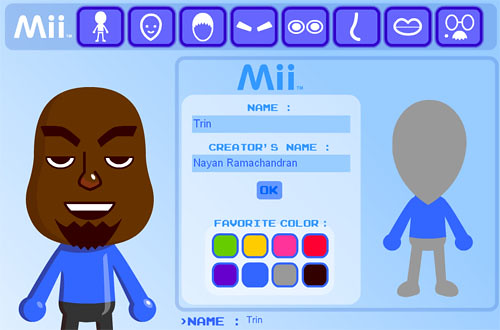Same Game Time, Same Game Channel
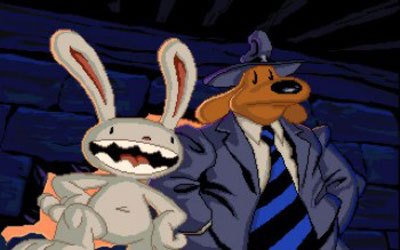
Growing up as a young lad in the wilds of suburban Toronto, Sam and Max Hit the Road was one of my most treasured games. I remember the first time I walked into my local EBgames and saw the game sitting nonchalantly upon the new releases shelf. I knew nothing of the game, but was immediately drawn to its absurd but incredibly well detailed cover art. I knew nothing of Steve Purcell, or Lucasart's SCUM adventure system, having grown up on Space Quest and King's Quest, but the box itself was beyond enticing.
Being a young lad with no real currency to my name, I had to resort to purchasing by proxy. Selling a game's worth to my parents, as any seasoned gamer knows, is a job in and of itself. Not only do you have to explain why they should spend their money on you, but you have to deflty avoid the pitfalls that will break the deal almost immediately (violence, gratuitous sex, and inane imagery, just to name a few).
As one could imagine, I failed several times to sell my parents on Sam and Max's worth, usually drawing out the mother response: "Maybe it would make a good Christmas gift." I was met with that response no less than a dozen times, but my young spirit prevailed. I knew they would crack long before I would. Repeated visits to the store during sunday shopping finally wore on my parents, and Sam and Max was soon mine.
I remember finishing the game in what seemed like a week. Despite finishing it so quickly, I returned several times, for the gameplay, for the witty but ridiculous banter, and for the world that seemed so wacky and outside the norm, that believing in its existence became more than just a passing fancy.
Years passed by, and for more than ten years, fans like myself had not been satiated by the continuing adventures of a dog detective and his psychotic rabbit sidekick.
Telltale Games finally announced some months ago that they would be handling the continuation of the psycho duo's adventures, on the PC no less. The twist, as there always is one, is that the game would be presented through episodic content.
Episodic content is a strange beast, that, except for a few small and largely unpublicized experiments, is an untested concept in the realm of gaming. Some years ago, in university, I thought about developing a first person adventure game in the vein of Hideo Kojima's Snatcher, delivered in episodic content. The game would make heavy use of the official forums, creating story elements based on the ideas presented by posters, as well as trying to address questions about the story that fans wanted to explore more.
Exploring the advent of episodic content in the current climate of gaming, there are successes, and failures. One of those failures would have to be Half Life 2's expansion episodes. While the games themselves are incredible, and offer a great gameplay experience, they don't follow the cohesive set up that episodic content requires to keep the attention of its fanbase.
One of the marginal successes, was Capcom's Eldorado Gate for Dreamcast, which was a 7 part episodic RPG, that got little recognition outside of Japan, and similar distribution.
It soon occurred to me, that given the failures and successes in the concept, there are a couple things that can make or break the entire pitch of episodic content:
1) A modular front end. Quite simply, what a frequently released episodic game requires is a front end that provides content creators (artists, writers and the like) with a base foundation that makes inserting content easy and painless. If creating content for one given episode remains easy to pull off, then you are less likely to be met with delays.
2) A master plan. Every game needs a plan about where it's headed, before it even gets there. To beat an old cliche to death: "Start with the end in mind."
3) Technology that's not necessarily cutting edge. The sad truth about cutting edge technology is that creating assets and environments requires a lot of time and energy; possibly more than what is available when your team is creating game content on a fixed schedule. This is one of the biggest problem with Valve attempting to release Half Life 2 expansions as episodic content. The assets and technology required to create each episode is wholly time consuming, which creates delays, and defeats the very purpose of episodic content in the first place.
4) Community involvement in the process. One of the common complaints I hear about episodic content is that it's merely a new way to make microtransactions more palatable to the consumer. Episodic content has definite advantages, but how does one capitalize on those advantages? The easiest way is to allow fans to have a hand in the direction the game takes. The game is episodic, so the story is living, breathing, and constantly changing. A constantly evolving and living world is one of the bigger advantages that episodic gameplay has over a single boxed version.
5) Introduce new gameplay mechanics in each new installment. This isn't to say that each game should be a complete overhaul fromthe last installment. In fact, this is quite the opposite. Slowly build on what the player knows, and offer a small new addition to the gameplay each installment, so the player doesn't feel as if the episodic content is not just a hacked up version of an otherwise full game.
6) Make it small. Provide 3 to 4 hours of content for a low price (offering segments for $20 is way too much considering the recurring payments involved in evolving content). This not only provides enough gameplay for new players to get a taste of the game before plunging into what can only be described as an investment, but it doesn't feel like a serious hit to the wallet in the event that the player decides to continue with the series. One great way to alleviate buyer's remorse over something like this would be to provide the first episode free after a few installments of the series have been released, and the series has begun to develop some noteriety. A free first episode would only serve to increase your audience.
Much of this needs to be addressed, but these aren't the only keys to success. One of the biggest parts of appealing content is finding the correct audience. One thing that developers need to realize, is that episodic content might not actually apply to the same audience that buys boxed copies of final games. There is bound to be overlap, but it may be time to carefully consider who episodic content really applies to, before heading into this new foray head first.


















